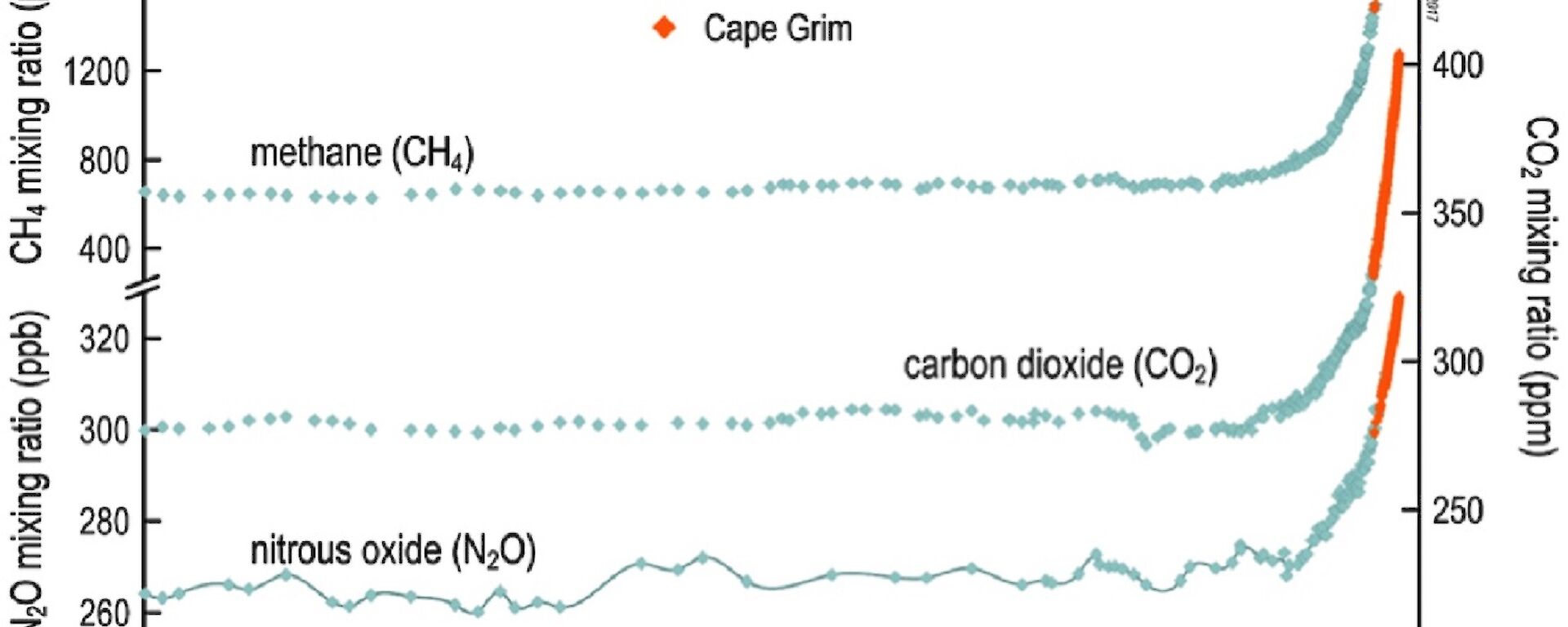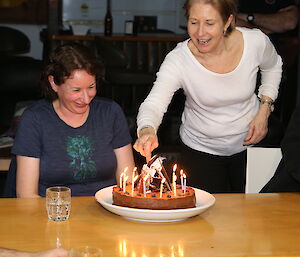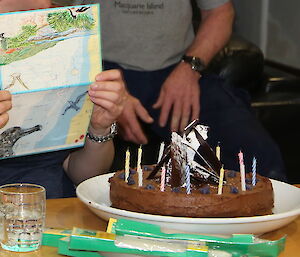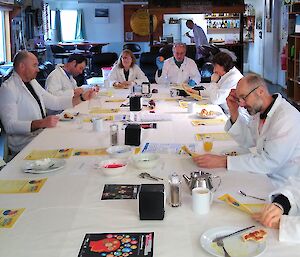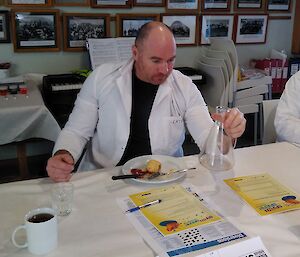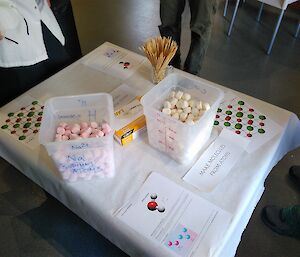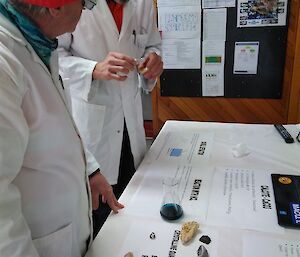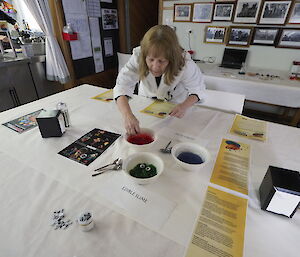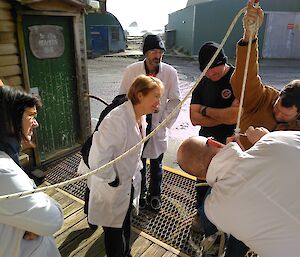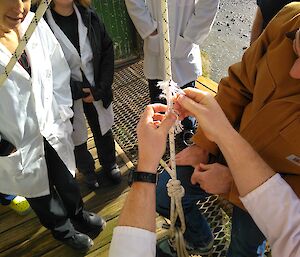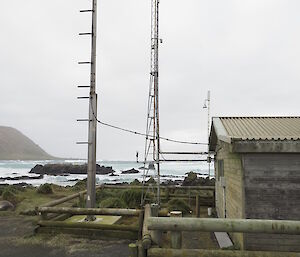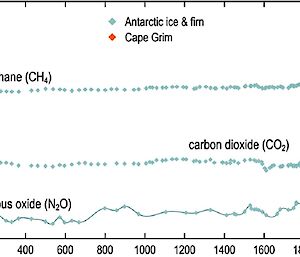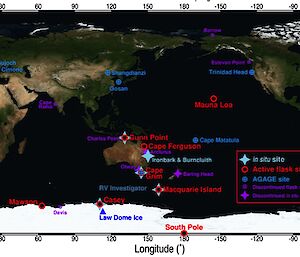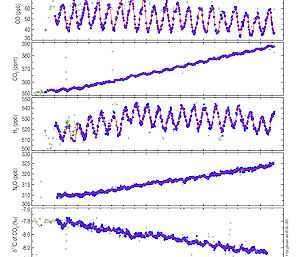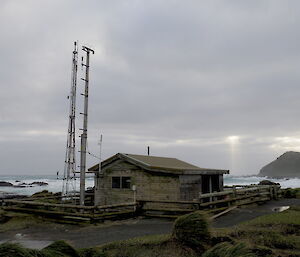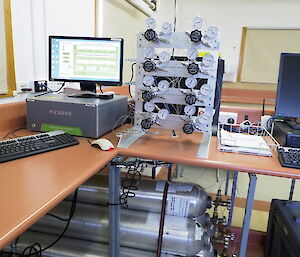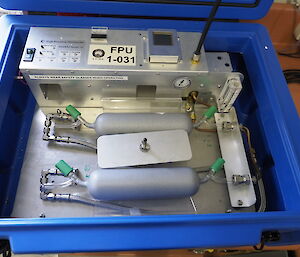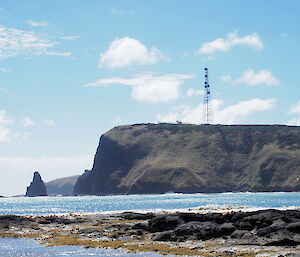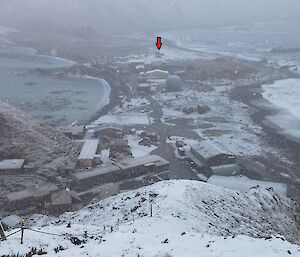There is a lonely little building, guarded by ellie seals, that stands on the west coast of the Macquarie Island isthmus. Kept separate from the station, and all the air polluters, the clean air lab busily gathers data 24 hours a day, seven days a week. The clean air lab is home to several ongoing science projects run with BOM staff including the CSIRO GASLAB experiments and the ANSTO high sensitivity radon detector radon monitoring.
As a part of the CSIRO’s atmospheric research, the GASLAB (Global Atmospheric Sampling LABoratory) maintains its own air-sampling network. The network has global coverage but focuses on the Southern Hemisphere, including Cape Grim and sites further south such as Macquarie Island and Antarctica. Linked to other international networks, the GASLAB network is a part of a coordinated and collaborative effort to study the global atmosphere. This includes measuring gases like Carbon Dioxide (CO2) and Methane (CH4) that are associated with global warming.
The Bureau Met Tech (Angus) takes primary responsibility for maintaining the GASLAB equipment on Macquarie, fixing any faults and sorting out computer issues. For the equipment like the PICARRO analyser this includes turning on and off calibration cylinders, noting unusual activities around the building, and ensuring that CSIRO staff back in Melbourne, Australia are able to communicate with the computers.
We (BOM Trio) are all involved in the second GASLAB experiment that is taking fortnightly air samples. Every fortnight we use the Sherpa Model 70 Sampling Unit to fill two 500 ml glass flasks with air, on a day that the wind is cooperating. To ensure we have air samples “fresh from the Southern Ocean” and uncontaminated by station operations we have strict wind direction and wind speed requirements for taking air samples. The glass flasks are then carefully repackaged in their foam-lined cases and sent back to Australia for analyses in the CSIRO laboratories.
The 2000 year greenhouse gas records from Cape Grim and Antarctic ice sites highlight the human imprint on the atmosphere since ~1800 AD. The earlier ‘pre-industrial’ period reveals smaller but significant variations in greenhouse gas concentrations. They provide important information about natural exchange processes involving the atmosphere and linked reservoirs, such as the oceans and terrestrial ecosystems.

